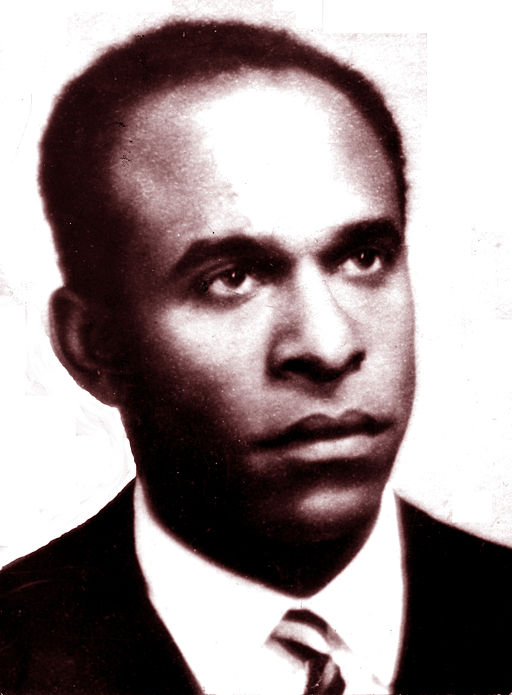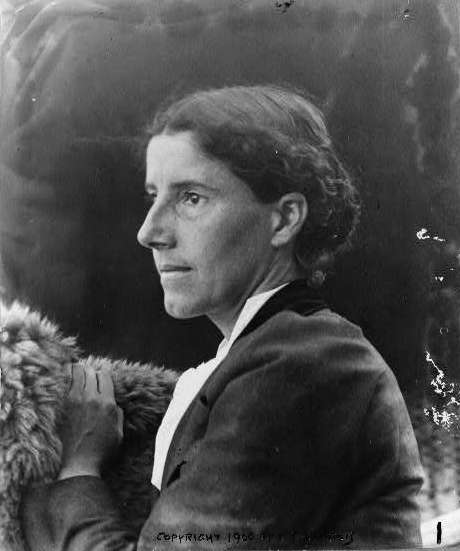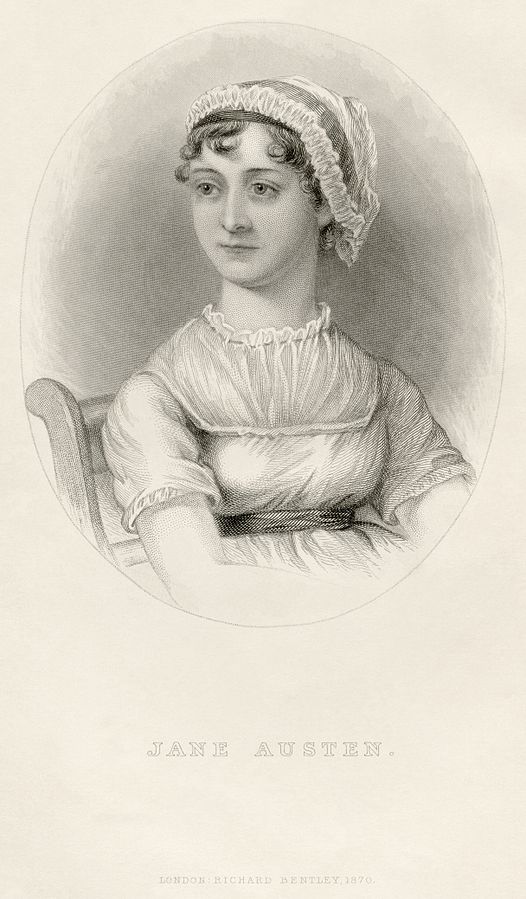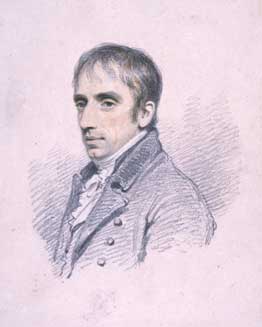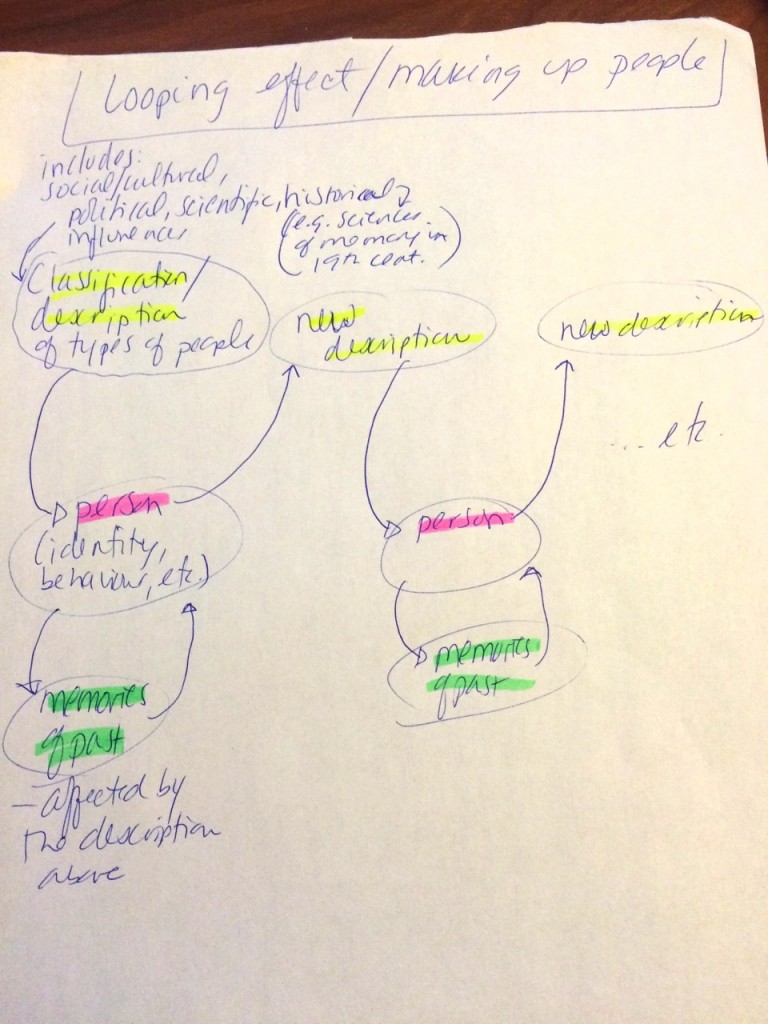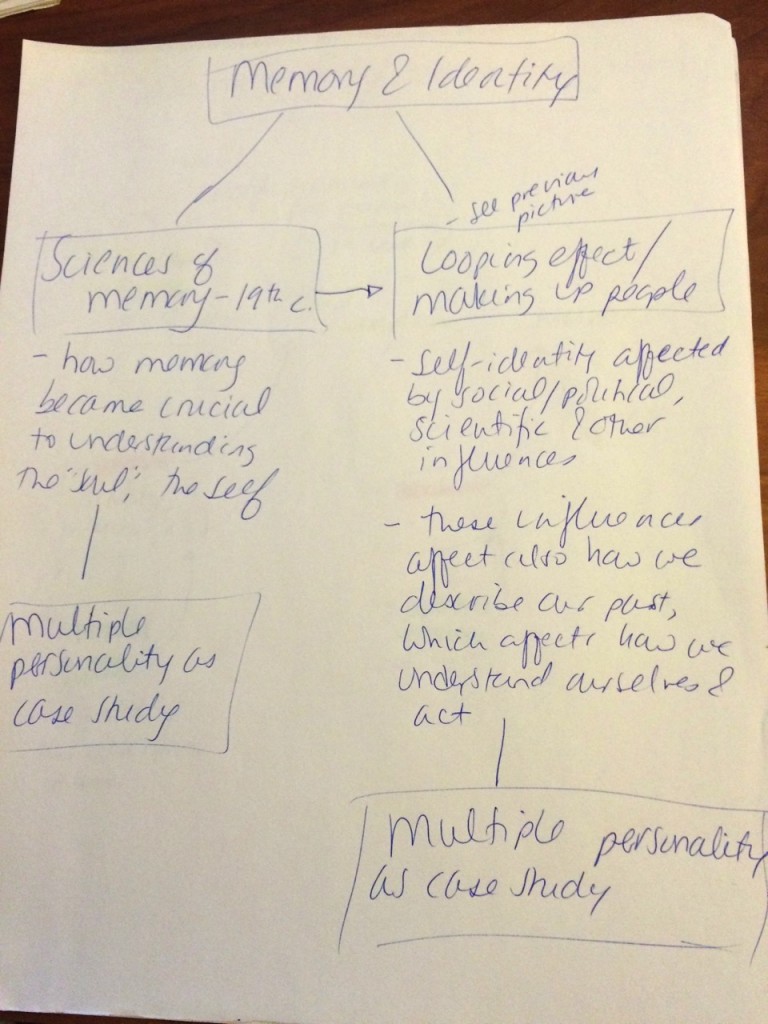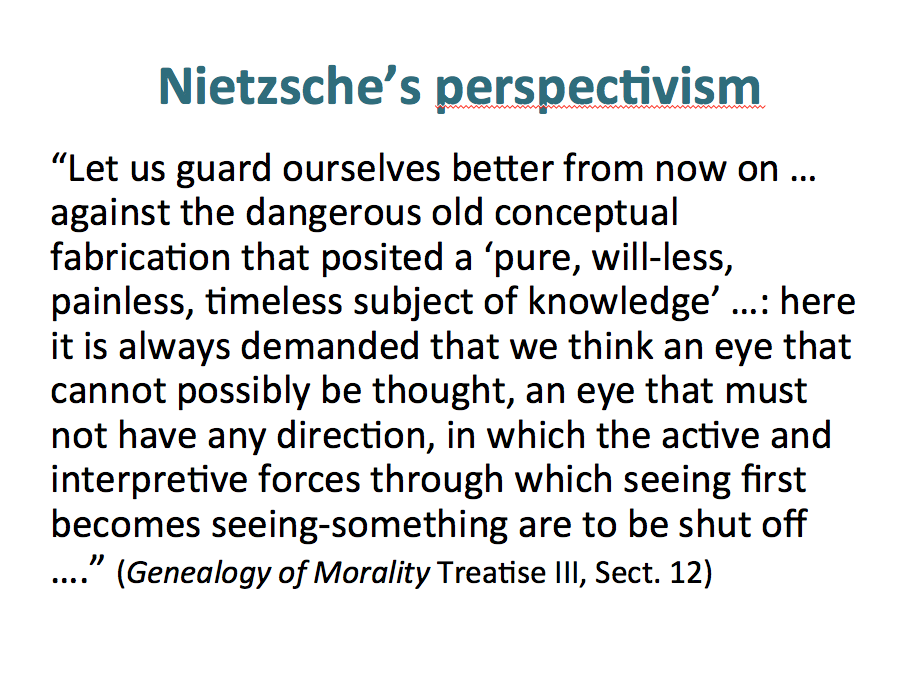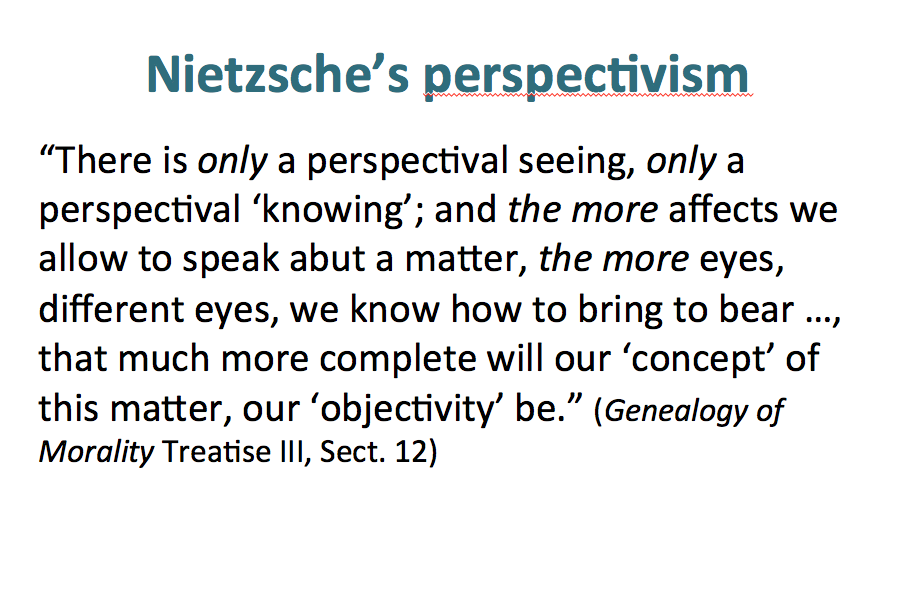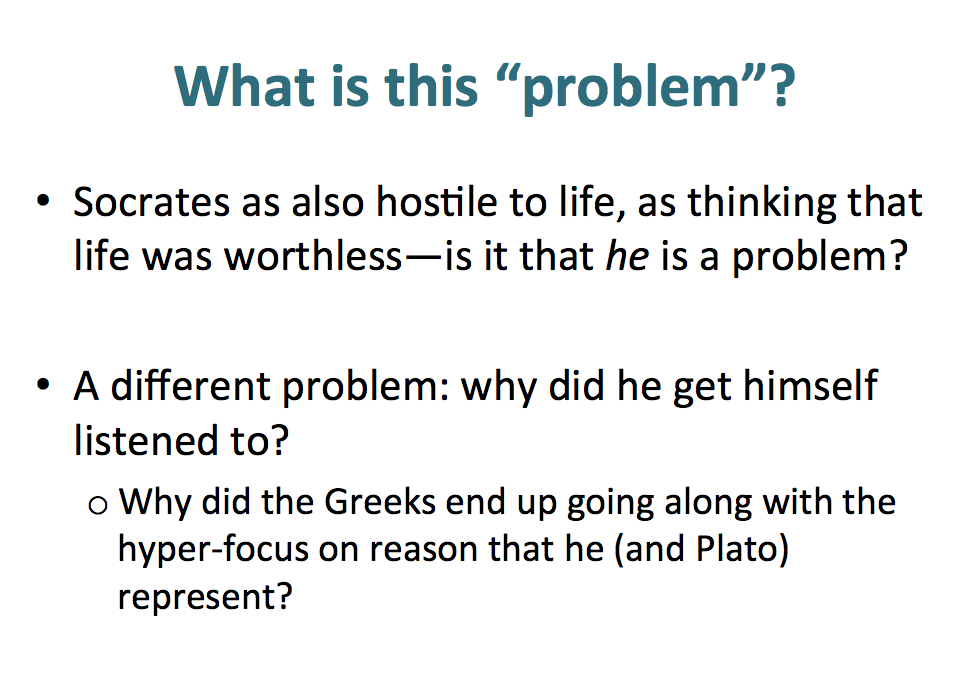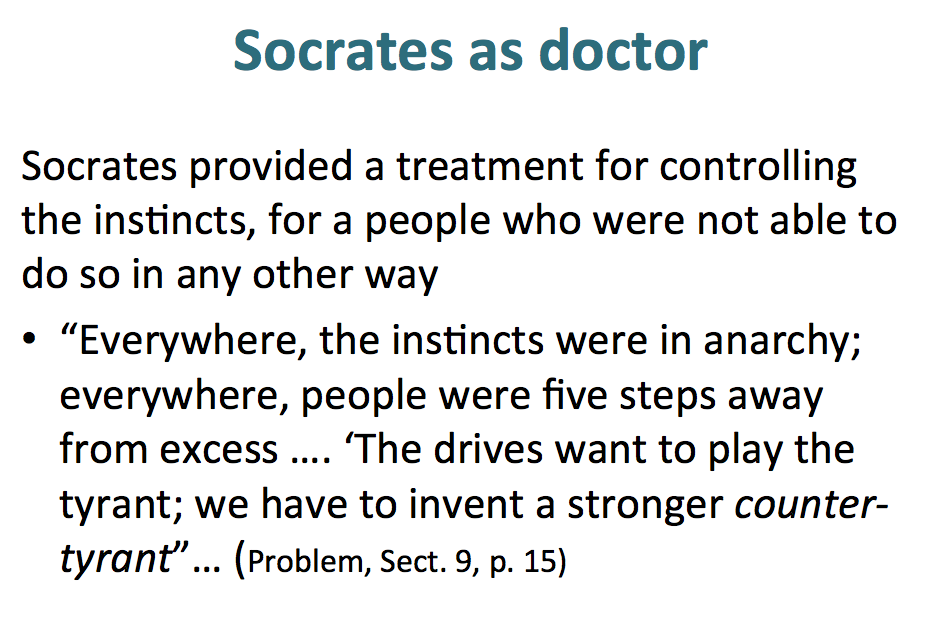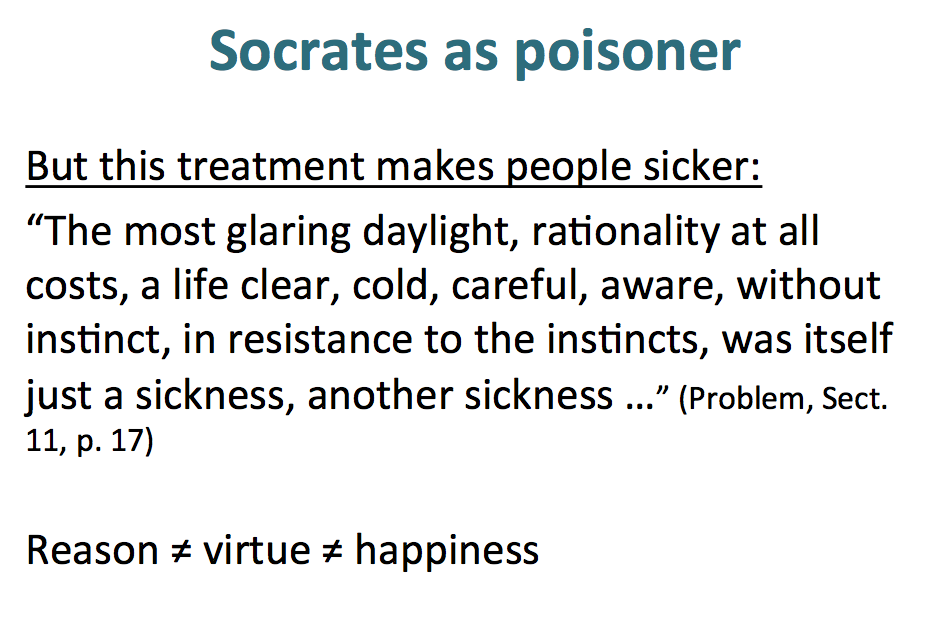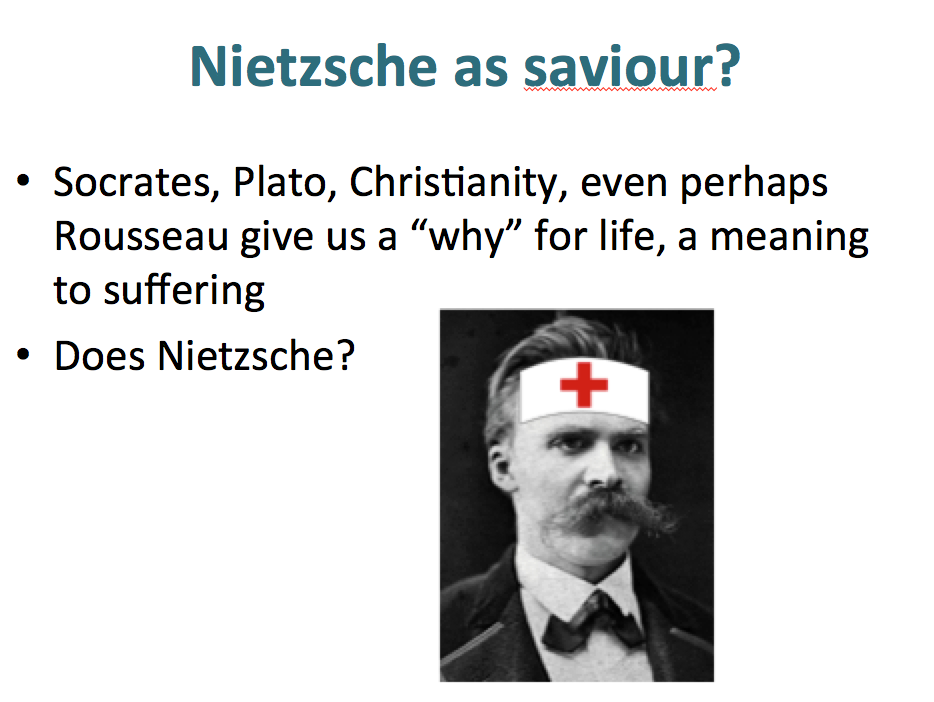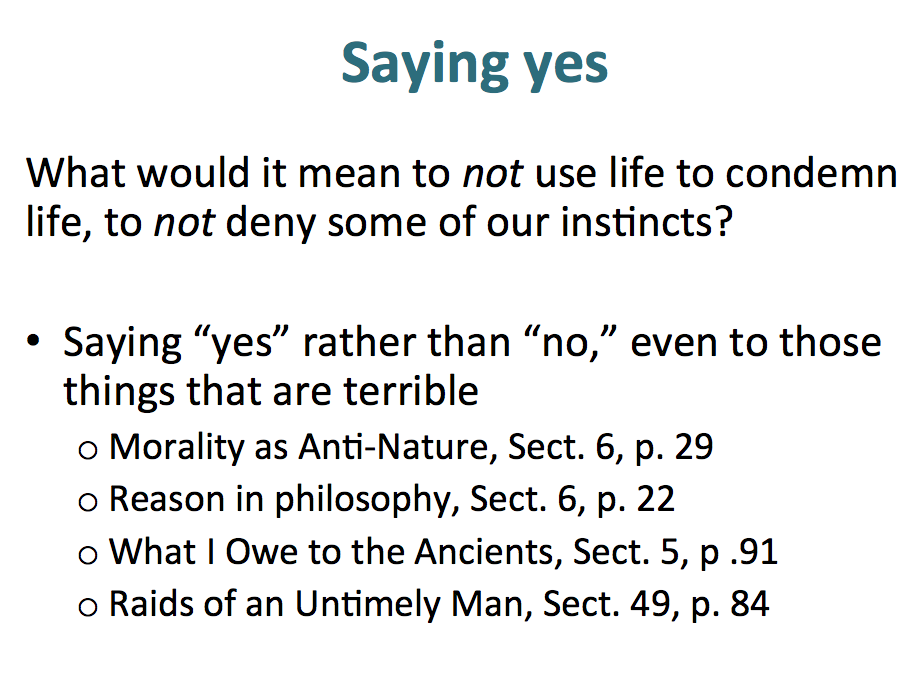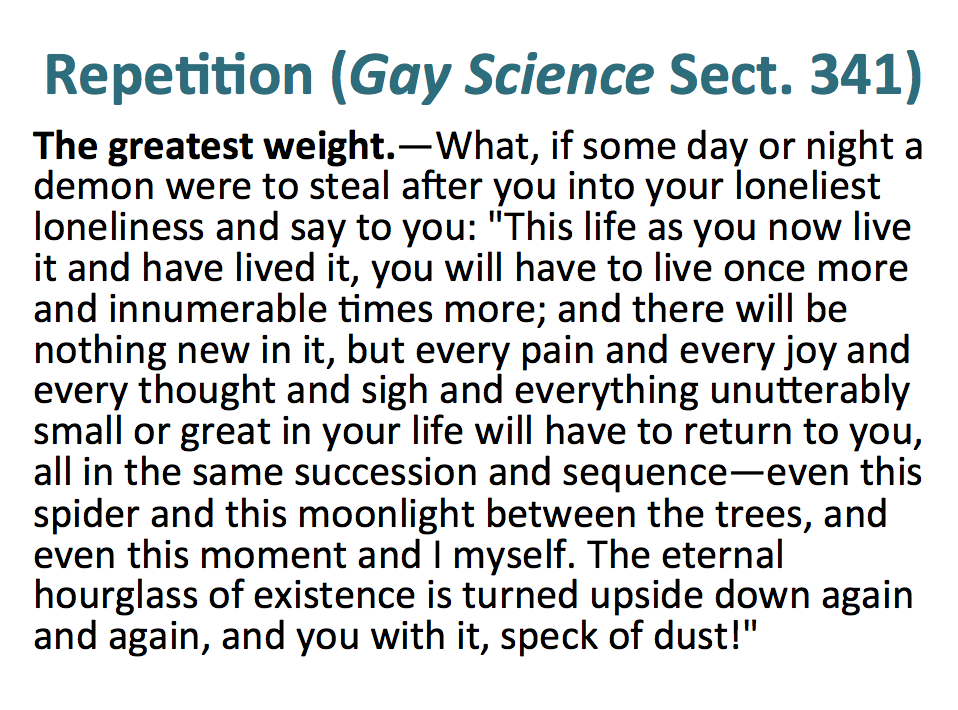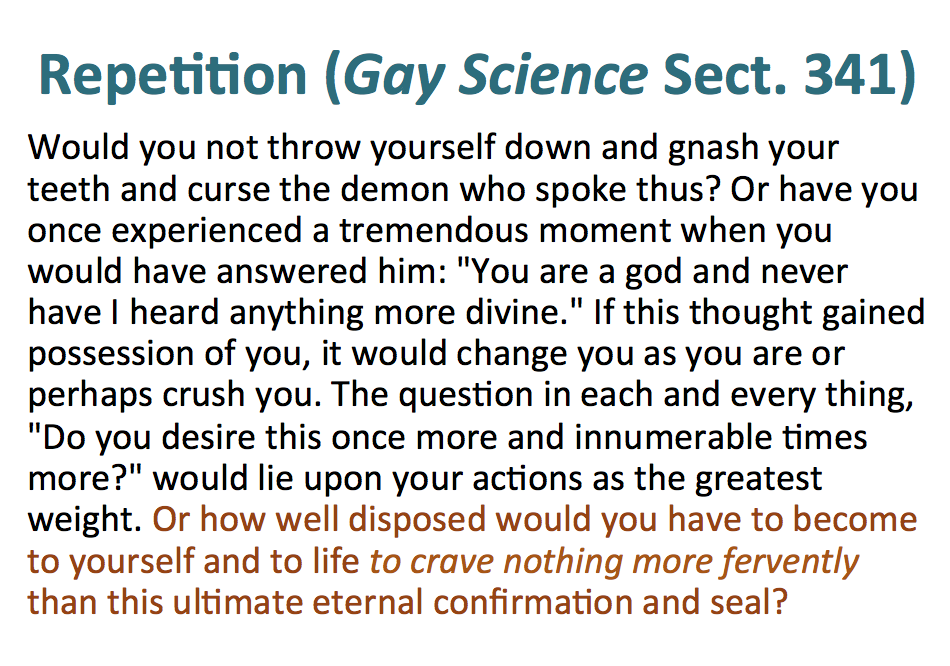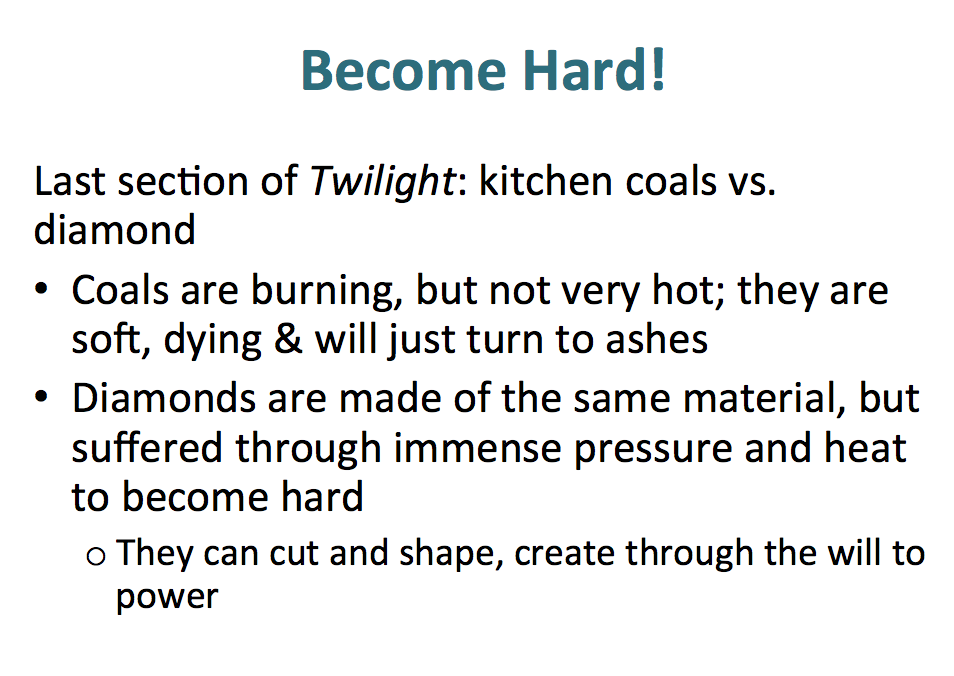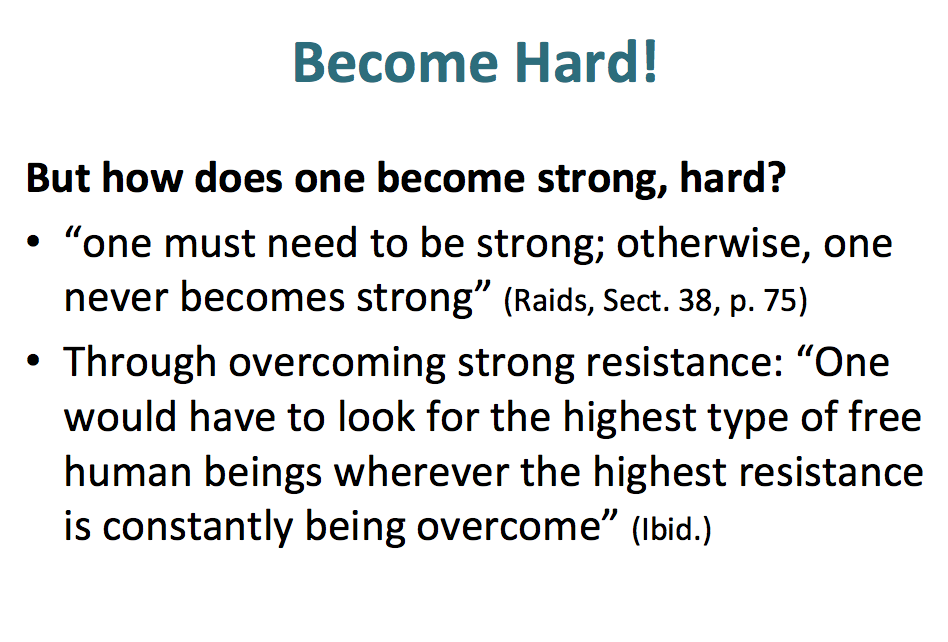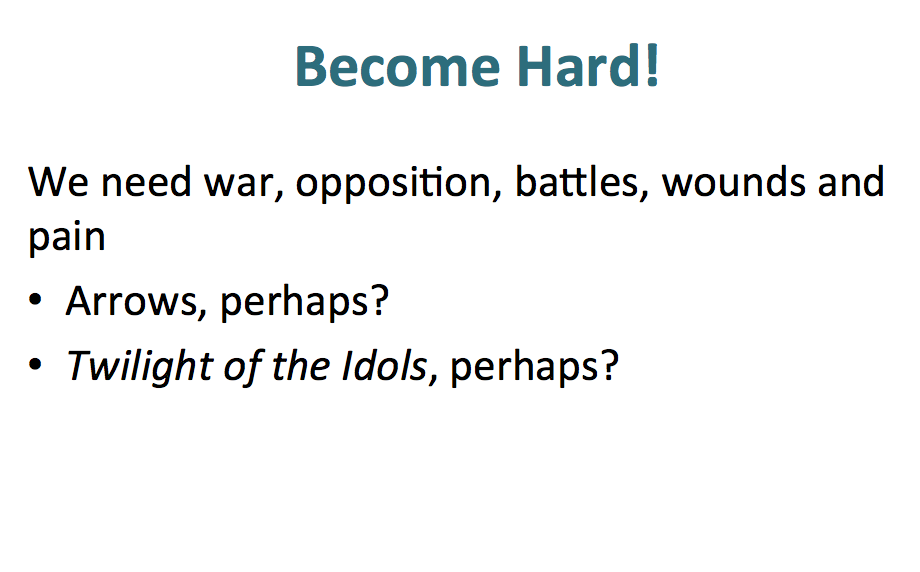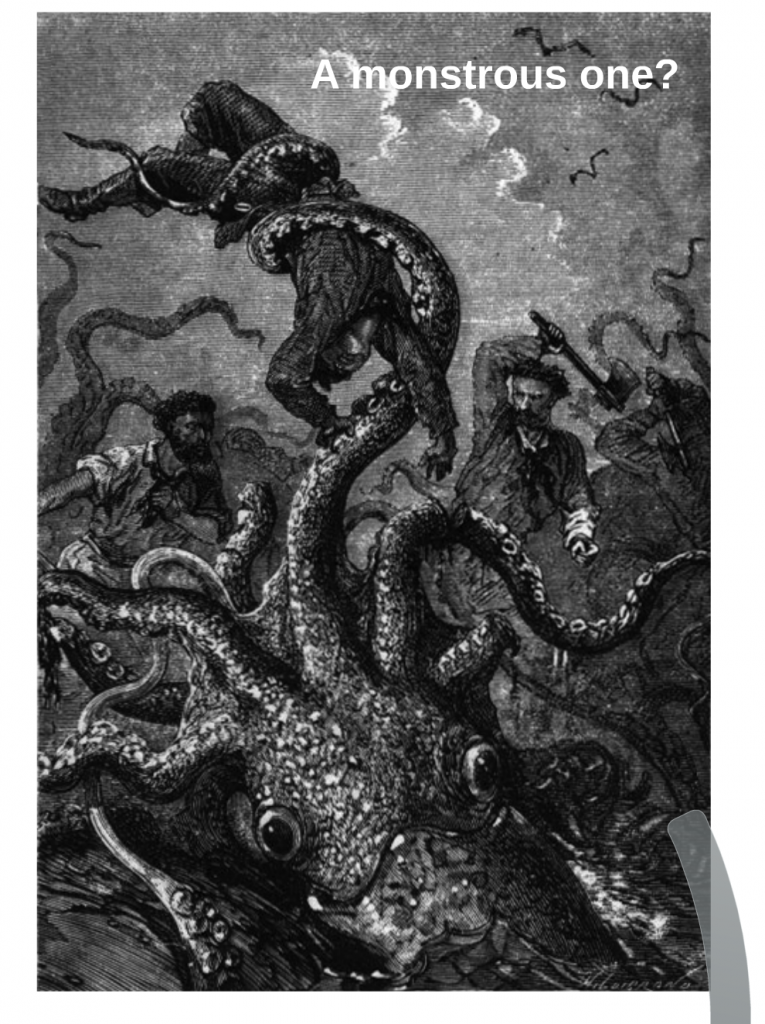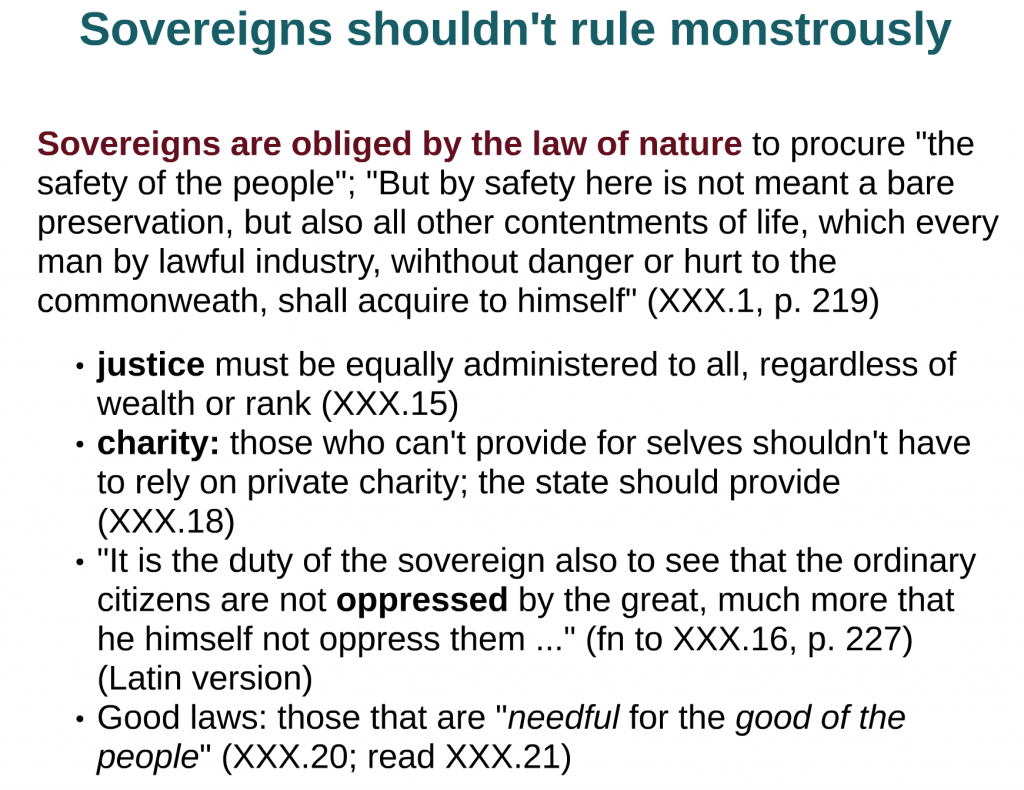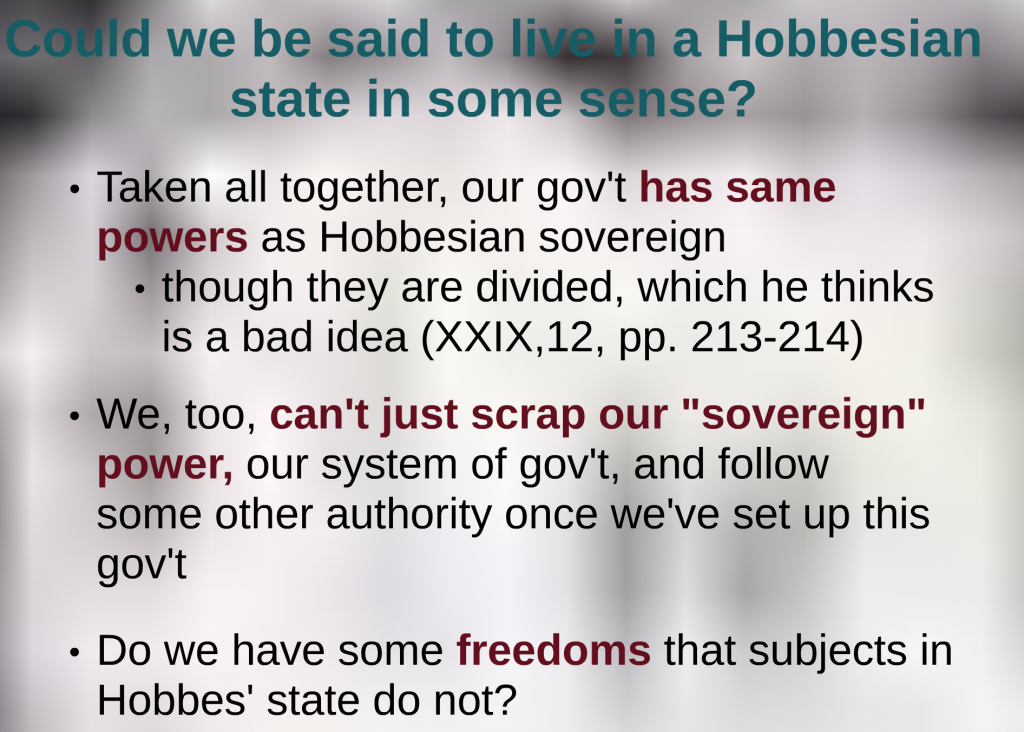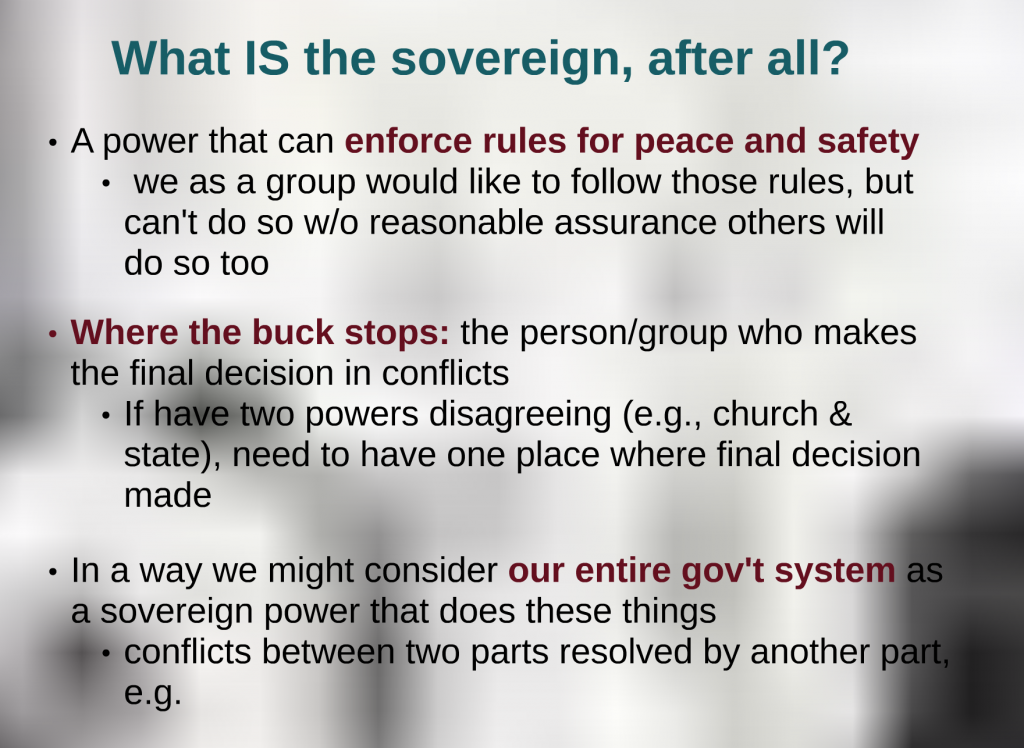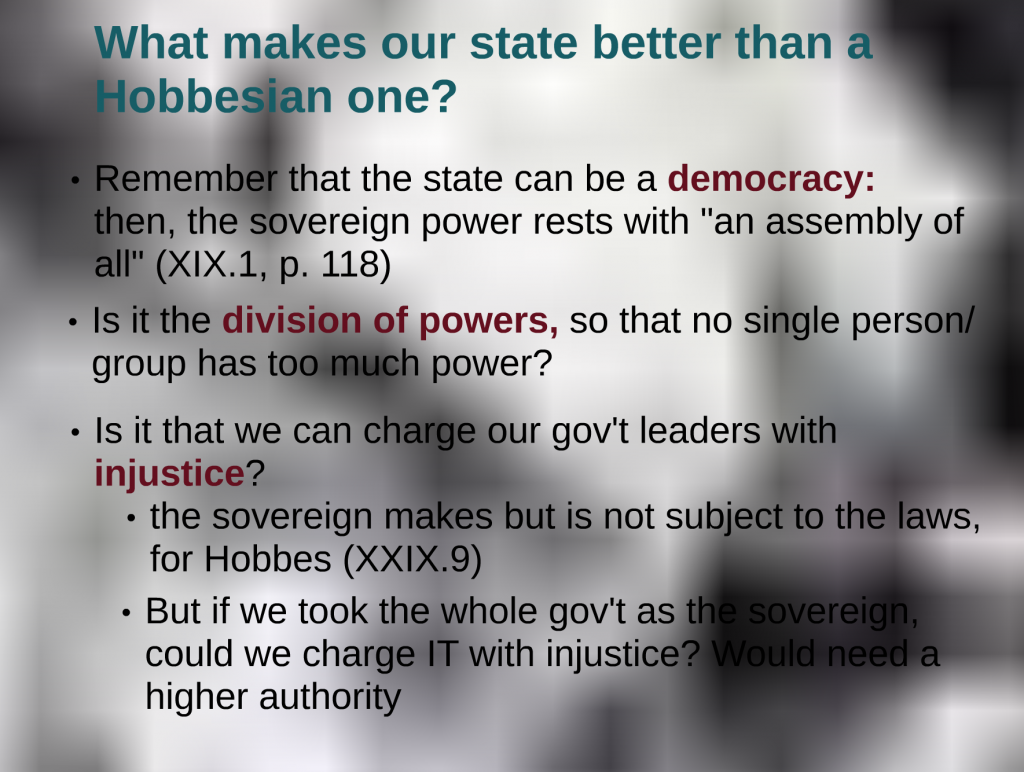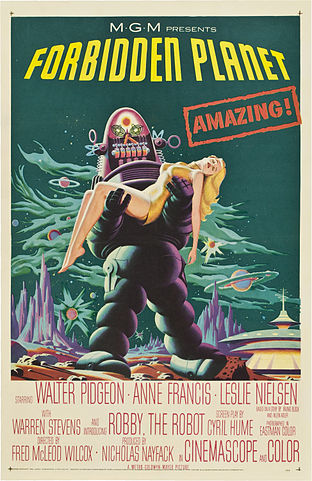In Arts One this week we talked about Arthur Miller’s The Crucible. In both our seminars this week there were presentations by students that led me to question my initial response to the play (okay, actually, quite often I question my initial responses to texts during seminars! But I’m going to write about one such instance here).
Specifically, the students asked if we might see Abigail Williams, who is easily cast as a villain in the play, in a somehow more sympathetic light. I have to admit that I really didn’t like Abigail when I read the play the first, second or third times (all this term; this is the first time I’ve read the play–or at least, so far as I remember). I thought I’d use this blog post to think through the more nuanced view the students brought up in class.
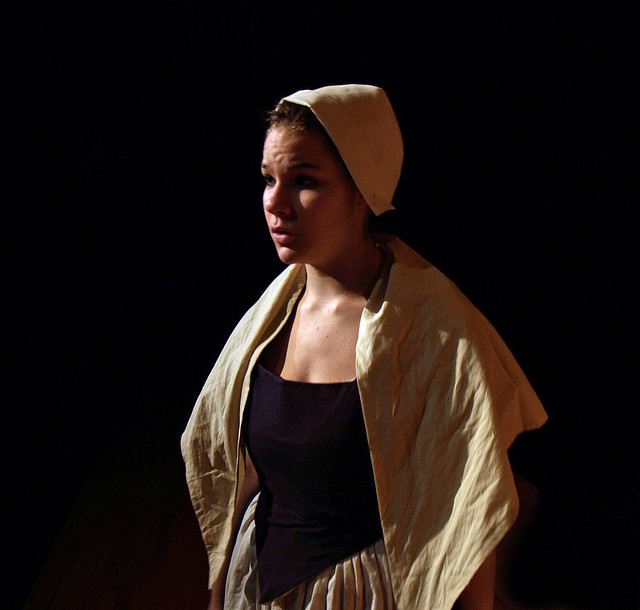
“Tiffany as Mary Warren in The Crucible,” Flickr photo shared by Len “Doc” Radin, licensed CC BY-NC-SA 2.0
What students brought up in class about Abigail
One student pointed out how the people who end up accusing others in the play are those with very little power. Tituba begins the accusations in Act One, pointing to Sarah Good and Goody Osburn. Then Abigail takes up the thread and names those two, plus one more person. Then Betty speaks and names more. Though, as far as I am aware, there may have been accusations by others in the Salem witch trials, in the play it is only by those with little power: a slave, young girls (several of whom are servants). Can we think of this as a way for these women to gain some degree of power in their society? Does this alter our perception of Abigail or the other girls at all? Does the fact that I may not be doing justice to what the student was asking about, but these are the thoughts I got from her presentation.
Another student on a different seminar day asked something similar as part of a larger set of questions, though this time focused on the title of the play. If a crucible is a vessel in which something is subjected to a great deal of heat and pressure, might we see this being the case for Abigail, and might it be that she responded in a way we can sympathize with? Again, I may have missed the point the student was getting to, exactly, but this is what I remember/what I got out of it.
We had some very interesting discussions on these issues (not as much on the second presentation, as (my fault) I didn’t leave enough time for us to discuss it all together as a group after smaller groups talked about it), with some good points brought up. Among them:
- Responsibility for what happened to the people who were accused cannot all laid on the girls. They made false accusations, yes, but who acted on them? Who believed them and brought trials that led to convictions and deaths? Those who were older and who should have been wiser.
- Though I suppose that in those times and in that place it is at least understandable why things happened as they did. There was a real fear of witchcraft, among other evils. We can see why it happened, but that doesn’t mean we can’t still condemn it and say that those who were in positions of power should have stopped it.
- In the historical events, Abigail was much younger than she is in the play: she was around 11 or 12, whereas the play turns her age to 17 (according to the Introduction to our text, in order to bring her age closer to Proctor’s (who was really in his 60s but in the play is 35) so he could introduce a sexual relationship between them). It is not terribly uncommon for children to blame others when they are suspected of wrongdoing, I think (not all children do this, of course, but hearing things like “I didn’t do it…it was her!” is not entirely uncommon).
- When you think about Abigail as a real, historical figure at so young an age, I think she becomes much more sympathetic. It becomes more understandable that she would react this way, trying to get out of being blamed, and she may have less of a deep sense of the consequences of her actions.
- Can we see her as sympathetic as an older child, at 17? Does the age difference change how we see her actions? I think it does, obviously, but at the same time I can see that a 17-year-old is still quite young, and her reactions to her situation may be understandable due at least to her age. But there’s more (next point).
- Sure, Miller changes her age and Proctor’s age to make a sexual relationship between them more…what? Plausible? Excusable? Acceptable? But is it, really? Can’t we see Proctor in a negative light for taking advantage of a young girl? I’d like to say this is something I had thought of before our seminar meetings, but it isn’t. I was enlightened by the students (happens often).
- I’m rather embarrassed I didn’t see it this way. He had the power in the relationship; she was a servant and a young girl, he was head of the household, older, and as a man already had more power in the society. This is not to say he didn’t have a lot to lose as well as she, for being branded a “lecher” at that time and place was very bad. But when she responds to him putting her off by trying to get him back, hoping to marry him by replacing his wife, it’s not a terribly surprising response from someone so young and vulnerable.
Some of my thoughts after seminars…
The play does, of course, show Proctor’s sexual relationship with Abigail as something to be lamented, but not because of the age difference or power difference, but because he has betrayed his wife and his own sense of himself. Nothing about what it has done to Abigail. In fact, she is a “whore” in Proctor’s eyes (Act 3), and it seems that is how the audience is meant to see her as well. We are to sympathize with Proctor, who has committed a sin against himself and his wife, and we are to see Abigail as a scheming, murdering harlot. Elizabeth Proctor, who seems to be presented quite sympathetically in the play, says of Abigail: “The girl is murder! She must be ripped out of the world!” (Act 2). And, I think, that is the tone we get about Abigail throughout the play.
I do think, now, after seminars and thinking about it further, that though Abigail and Betty and the others reacted very, very badly, if we see the events of the play just from Proctor’s point of view we miss the possible effects of the sexual relationship on Abigail and see her just as a spiteful, cruel, manipulative, delusional teenager. The play even has a deleted Act (included in our version of it as an appendix) in which Proctor and Abigail meet in the woods, and in which we are told, through stage directions, that Proctor “see[s] her madness now.” Perhaps this makes her more sympathetic (she has mental issues rather than being simply cruel and evil), but it does not do justice to thinking about her position as a teenager with little power, in love with an older man, and doing whatever she can to get back what he should never have given her in the first place.
Also, I noticed a pattern of people confessing, or charging others, when they themselves are threatened. In Act One, Abigail feels threatened because Parris has seen more than she realized of what they did in the woods, and she names Tituba as having called the devil. When Hale asks her what she is concealing, and whether she has sold her soul to Lucifer, Abigail turns when Tituba walks in the room and accuses her immediately: “She made me do it! She made Betty do it!” (Act One).
Tituba, for her part, confesses after she hears threats against her person by Parris and Putnam: Parris says he’ll “whip [her] to [her] death,” and Putnam says she “must be hanged!” (Act One). Is it any wonder that Tituba confesses, when threatened in this way? And Proctor himself even notes that such a thing is likely, in Act Two, when talking to Hale: “There are them that will swear to anything before they’ll hang ….”
Then Mary Warren changes her tune in Act Three after being threatened. She was sticking to the story that she never really saw spirits (also probably said because she was threatened by Proctor, actually–see the end of Act Two), and then when Danforth says “You will confess yourself or you will hang!,” Mary breaks down shortly afterwards and accuses Proctor of forcing her deposition. As she does so, she connects him with the devil, by saying that “He wake me every night, his eyes were like coals and his fingers claw my neck, and I sign, I sign ….”
So might we not say that the girls are acting to protect themselves in the face of threats, of feeling they are vulnerable and about to face very serious accusations or punishments themselves? Does this help us to possibly see Abigail in a more sympathetic light?
I have purposefully argued just the side of saying yes to seeing her sympathetically, ignoring the things in the play that show her in a negative light, to see if I could move over from my initial negative view of her. I think I have. But this is not to say she’s a purely innocent victim in the play, spotless and flawless. This was an exercise in changing my mind. And I’m very glad the students in my seminar gave me the impetus to do it!
